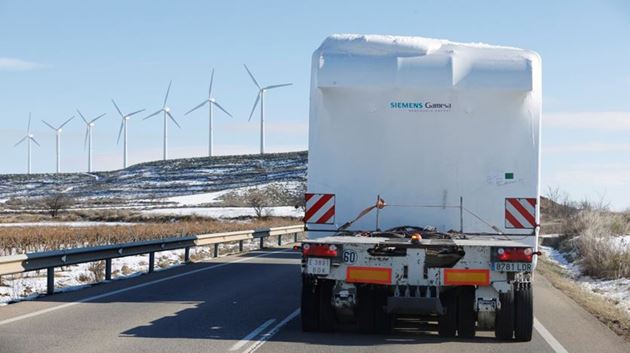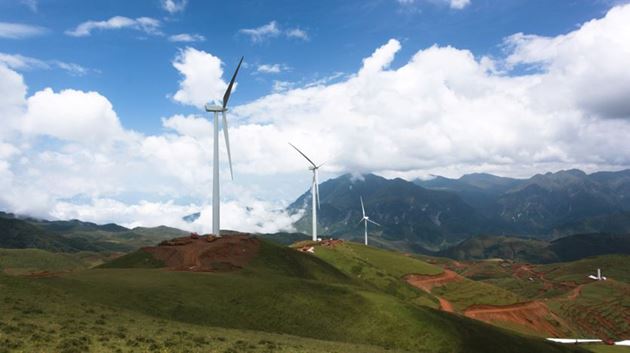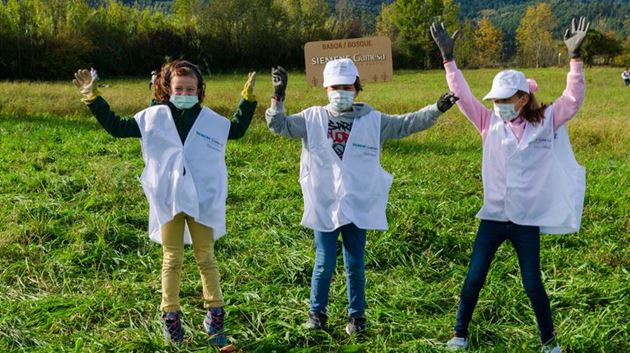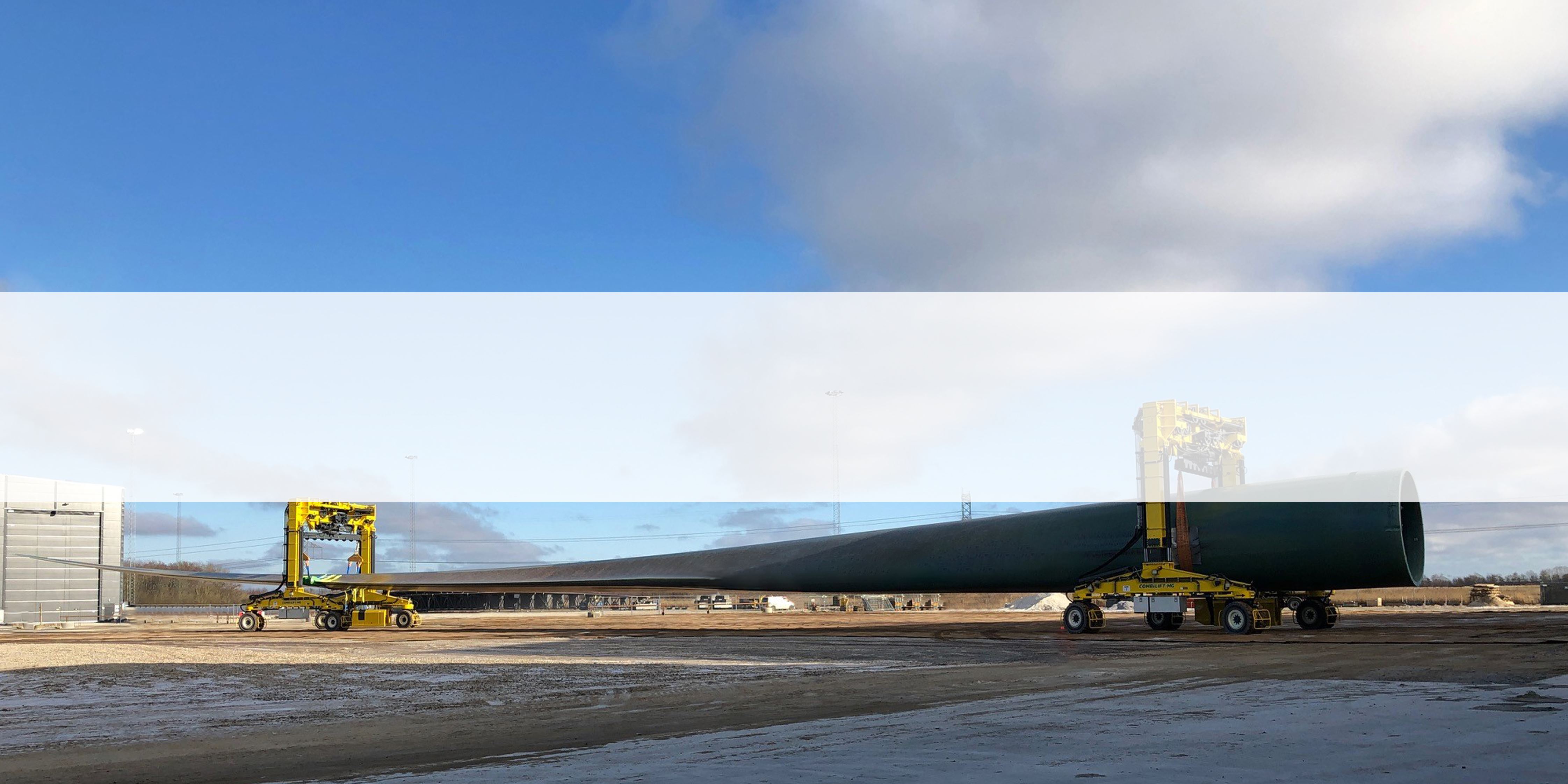
Offshore blades: bigger, better, and built for the future
The Siemens Gamesa B108 blade is now a reality
As pioneers in the offshore wind industry, we are passionate about pushing the limits of offshore wind technology development. Blades play a crucial role in the performance of a wind turbine, as the design and construction have a significant impact on the output and reliability. Ever since the first offshore turbines were installed at Vindeby in 1991, we have strived to develop the most optimal blades, built to perform under rough offshore conditions. Today, the longest blade ever produced is a reality at 108 meters long – the Siemens Gamesa B108.
Do you have interesting topics for our renewable energy journal? Are you interested in renewable products made by Siemens Gamesa? Or are you thinking about joining our team? Please do not hesitate to contact us.
info@siemensgamesa.com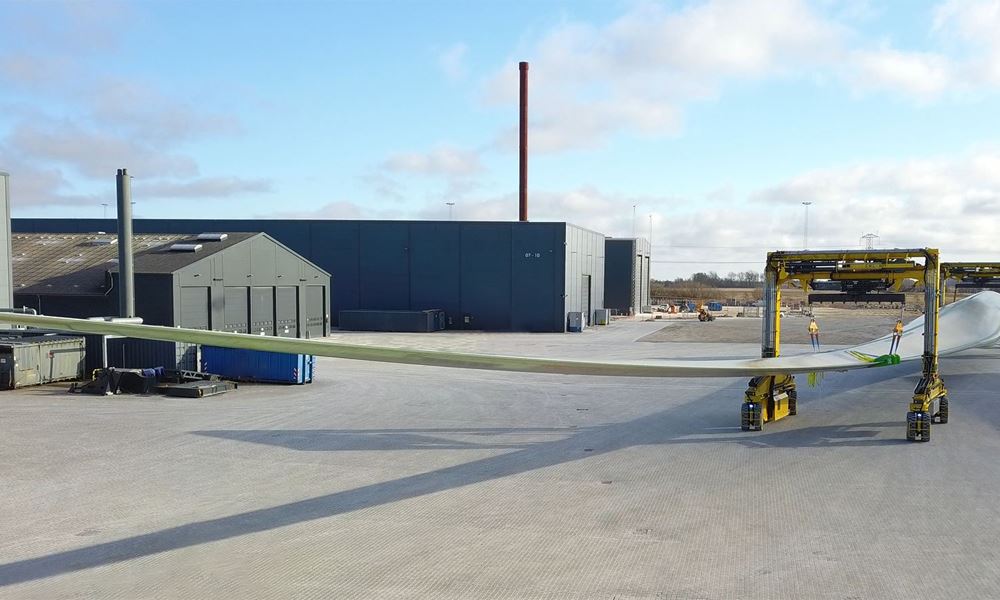
With our IntegralBlades®, we see a mass advantage for the big blades, as they weigh 3-4 percent less than glued blades! This mass advantage provides us with an opportunity to lower foundation costs, as they need to carry a smaller load, or design even longer blades which in turn help increase electricity production.
Our blade technology is under continuous development, and with the introduction of the first B97 blade in 2019, the reinforced fiberglass structure has been supplemented with carbon fiber technology. Carbon is a stiff and light material, and the result is a very reliable and robust blade design perfect for the extreme offshore conditions, even as the turbines and blades grow bigger.
The rotational forces found in offshore wind turbines in operation put immense strain on the blades and the rest of the wind turbine structure. At a tip speed of approximately 90 meters per second – equivalent to 324 kilometers per hour! - and a projected lifetime of more than 25 years, high quality and innovative design is imperative. For a 108-meter-long blade the rotational forces are around a staggering 80 million newton meters and the strain on the blades and the structure is intense! To put this into perspective, the force pulling on a human shoulder while spinning a 1 kg object around in an outstretched arm is only about 10 newton meters!
If we allow the rotational speed to increase beyond 90 meters per second, we will start to see aggressive leading-edge erosion on the blade. Leading-edge protection shields the blade against the erosion that happens especially at high tip speeds. While an increasing amount of protection on the leading edge could slow down the erosion, the additional protection also negatively impacts the optimal wind flow around the blade, thereby reducing the overall performance of the turbine. The strength lies in finding the perfect combination. The Siemens Gamesa PowerEdge™ solution therefore provides extensive protection to the blades while ensuring optimal wind flow and lift. This enables the turbine to utilize the potential of the wind with limited loss from adding the leading-edge protection.
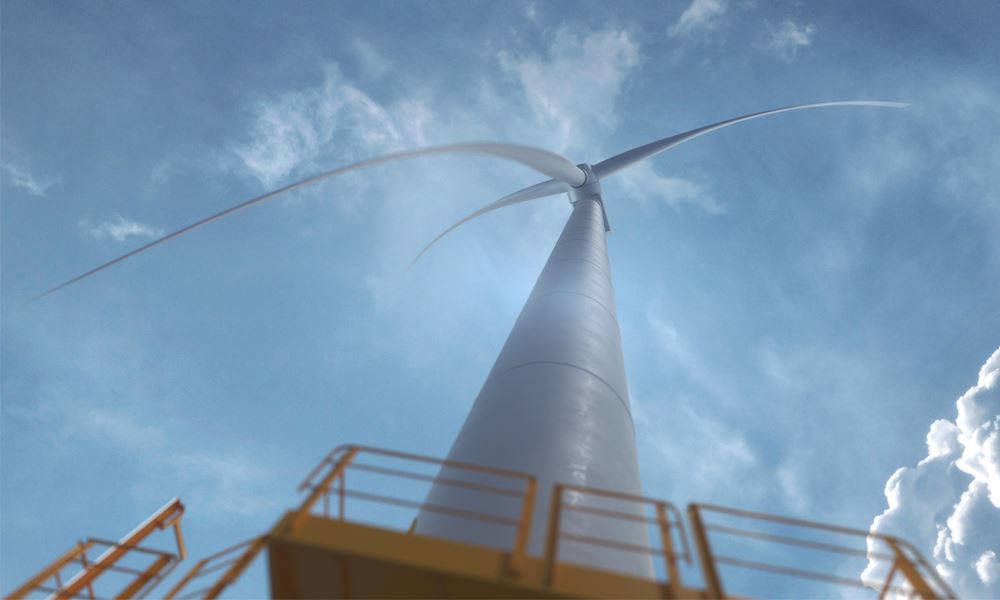
With every new generation of our offshore turbines, blades have been an essential part of the development process. Our experience since installing the first offshore blades 30 years ago has focused on continuous improvement. The first blades ever installed offshore at Vindeby in 1991 were 17 meters long each. At the time this was an outstanding achievement and something we are still proud of.
Today, our new B108 blade is the longest wind turbine blade ever produced. At 108 meters long, the blade is more than six times longer than the blades installed at Vindeby. Building on the experience of its predecessors, it takes advantage of the IntegralBlade® technology, as well as the superior PowerEdge™ solution and lightning protection system. The first three B108 blades will be installed on the SG 14-222 DD prototype in Østerild, Denmark later this year, marking a new milestone in our offshore journey.
Siemens Gamesa blade technology has already proved that it can be scaled to fit the needs of the growing turbines, as we work to continue our offshore success in the future.
